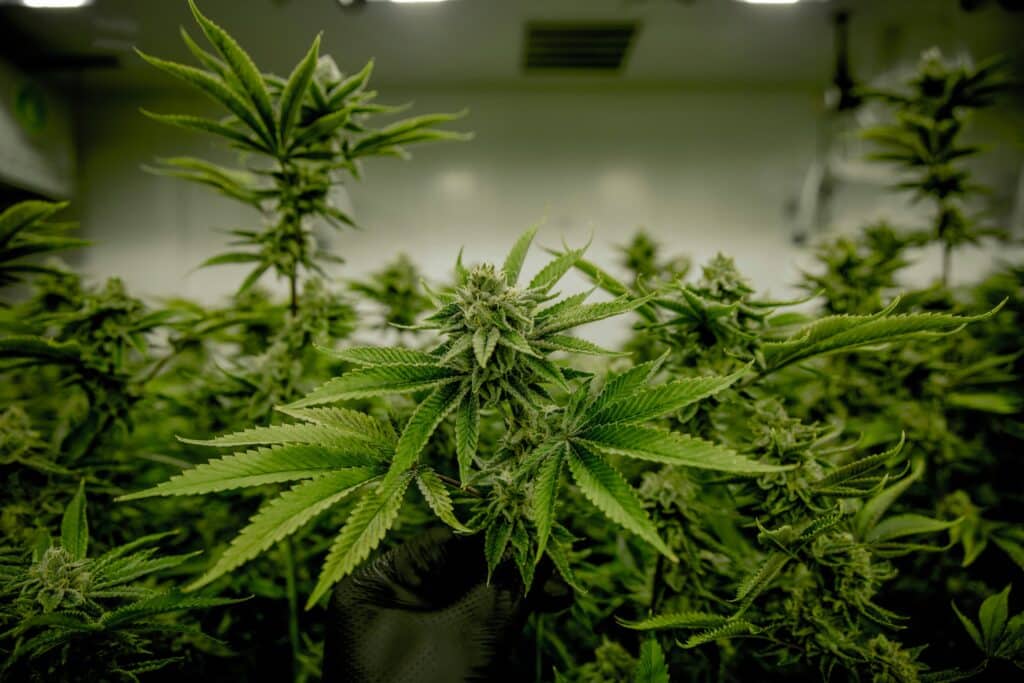How Does Sativa Make U Feel

The effects of cannabis are notoriously subjective, varying widely from person to person and even from one experience to the next. Within the cannabis family, the term sativa often conjures images of energizing highs and creative bursts, but understanding the science behind these perceptions reveals a more nuanced reality. As cannabis legalization expands globally, the need for accurate and evidence-based information about its effects becomes increasingly critical.
This article aims to dissect the perceived effects of sativa strains, separating anecdotal claims from scientific understanding. We'll explore the chemical compounds believed to contribute to these effects, the limitations of the sativa/indica classification system, and the importance of individual factors in shaping the cannabis experience. Furthermore, we’ll address the potential risks and benefits associated with sativa consumption.
Decoding Sativa: More Than Just a Label
The terms sativa and indica have long been used to categorize cannabis strains based on their physical characteristics and purported effects. Sativas are typically described as tall, slender plants with narrow leaves, originating from warmer climates. They are often associated with uplifting, cerebral highs that promote creativity and focus.
However, modern science suggests this classification system is overly simplistic. According to a 2016 study published in the journal Cannabis and Cannabinoid Research, the genetic differences between sativa and indica plants are often minimal and do not reliably predict their effects. The chemical composition, or chemotype, of a cannabis strain is a far more significant factor.
The Role of Cannabinoids
Cannabinoids, such as THC (tetrahydrocannabinol) and CBD (cannabidiol), are the primary psychoactive compounds in cannabis. THC is responsible for the intoxicating effects, while CBD is believed to have anti-anxiety and anti-inflammatory properties.
While sativa strains are often perceived to have higher THC levels, this isn't always the case. A strain labeled as sativa could, in reality, have a lower THC concentration than a so-called indica. The ratio of THC to CBD, as well as the presence of other cannabinoids, is more indicative of the potential effects.
The Influence of Terpenes
Terpenes are aromatic compounds found in cannabis and many other plants. They contribute to the distinctive scents and flavors of different strains and are increasingly recognized for their potential therapeutic effects.
Specific terpenes, such as limonene, pinene, and terpinolene, are often associated with sativa strains and are believed to contribute to their energizing and uplifting effects. Limonene, for example, is known for its citrusy aroma and is thought to have mood-elevating properties. Pinene, with its pine-like scent, may promote alertness and focus.
The Subjective Experience: Factors at Play
The effects of cannabis are highly subjective and influenced by various individual factors. These include genetics, tolerance, dosage, method of consumption, and even the user's mindset and environment.
A person's individual endocannabinoid system, a complex network of receptors and neurotransmitters that regulate various physiological processes, plays a crucial role in how they respond to cannabis. Genetic variations in this system can lead to significant differences in sensitivity and experience.
Dosage is also a critical factor. A small dose of a sativa-dominant strain might produce the desired energizing effects, while a larger dose could lead to anxiety or paranoia. The method of consumption, whether smoking, vaping, or edibles, also affects the onset and duration of the effects.
Potential Benefits and Risks
While many people report experiencing positive effects from sativa strains, such as increased creativity, energy, and focus, it's essential to acknowledge the potential risks. These include anxiety, paranoia, increased heart rate, and impaired cognitive function.
For individuals prone to anxiety or panic attacks, sativa strains with high THC levels may exacerbate these conditions. It is always advisable to start with low doses and choose strains with a balanced THC:CBD ratio.
Conversely, some individuals find sativa strains helpful for managing symptoms of depression, ADHD, and chronic fatigue. However, it's crucial to consult with a healthcare professional before using cannabis for medicinal purposes, especially if you have underlying health conditions or are taking other medications.
Looking Ahead: The Future of Cannabis Research
As cannabis legalization continues to spread, there is a growing need for more rigorous scientific research to understand its complex effects. This includes studying the interactions between different cannabinoids and terpenes, as well as the impact of individual factors on the cannabis experience.
Future research should move beyond the simplistic sativa/indica classification system and focus on characterizing cannabis strains based on their chemotype. This would provide consumers with more accurate information about the potential effects and allow them to make more informed choices.
Ultimately, understanding how sativa makes you feel requires a holistic approach that considers the complex interplay of chemical compounds, individual factors, and the limitations of current knowledge. By embracing a scientific and evidence-based perspective, we can move towards a more nuanced and informed understanding of cannabis and its potential benefits and risks. Continuous research efforts are crucial to refining our understanding and ensuring responsible cannabis use.


















